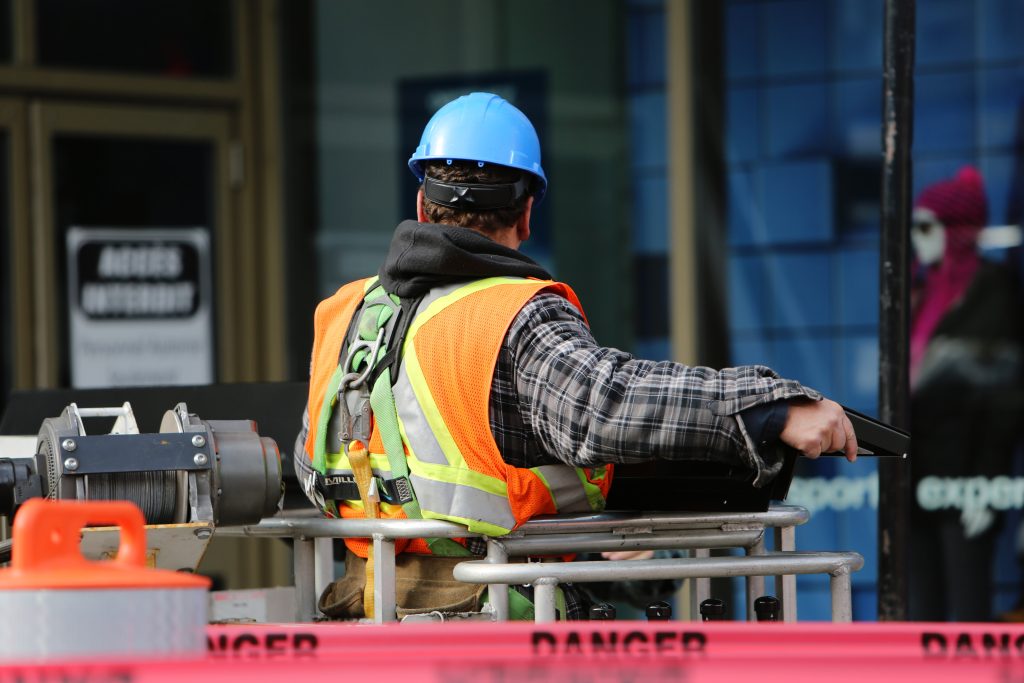1. What ISO Number is Safety Shoe?
Introduction
ISO Number: In the world of occupational safety, wearing appropriate footwear is paramount. Safety shoes, in particular, play a crucial role in protecting workers from various hazards. But how do you ensure the safety shoe you are wearing meets the necessary standards? This article delves into the ISO numbers associated with safety shoes, shedding light on their significance and helping you make informed choices.

Understanding ISO Standards
ISO Number
ISO, or the International Organization for Standardization, sets globally recognized standards to ensure the quality and safety of products, including safety shoes. Each ISO number corresponds to specific criteria that safety shoes must meet to guarantee protection for the wearer.
ISO 20345:2011
ISO 20345:2011 is a fundamental standard for safety footwear. Safety shoes complying with this standard are designed to provide protection against impact and compression. This means they can withstand an impact energy of 200 Joules and a compression load of 15,000 Newtons, safeguarding the wearer’s toes from heavy objects falling or rolling over.
ISO 20346:2014
ISO 20346:2014 is another ISO standard that focuses on protective footwear. Safety shoes meeting this standard offer protection against water penetration and water absorption. They are ideal for working environments where exposure to water or damp conditions is common, ensuring the feet remain dry and comfortable.
ISO 20347:2012
ISO 20347:2012 outlines the requirements for occupational footwear. Unlike safety footwear, shoes under this standard are not designed to protect against impacts and compression. Instead, they focus on providing comfort, slip resistance, and other ergonomic features necessary for specific work environments. This standard caters to professionals like chefs, healthcare workers, and laboratory technicians.
Choosing the Right Safety Shoe
Selecting the appropriate safety shoe involves understanding the nature of your work and the specific hazards you might encounter. Assessing the ISO number on the shoe label is vital. For instance, if your job involves heavy machinery or falling objects, safety shoes adhering to ISO 20345:2011 are indispensable. On the other hand, if your work environment is wet or slippery, opting for shoes compliant with ISO 20346:2014 is essential.
Conclusion
In conclusion, being aware of the ISO numbers associated with safety shoes empowers workers to make informed decisions about their protective footwear. Whether you need protection against impacts, water, or simply desire comfortable work shoes, there’s an ISO standard tailored to your requirements. Prioritizing safety at the workplace begins with the right footwear choice, and understanding these ISO standards is the first step towards a safer work environment.
FAQs
- Q: Can safety shoes with ISO certification protect against electrical hazards?A: No, safety shoes with ISO 20345:2011 certification primarily focus on impact and compression protection. For electrical hazards, look for shoes complying with specific electrical safety standards.
- Q: Are there gender-specific safety shoes under these ISO standards?A: Yes, many manufacturers produce safety shoes tailored for different genders, ensuring a comfortable fit and adequate protection for all workers.
- Q: What is the shelf life of safety shoes?A: Safety shoes, if stored properly, can last up to five years. However, regular inspections for wear and tear are crucial to ensure their effectiveness.
- Q: Can ISO-certified safety shoes prevent slips and falls?A: ISO standards, particularly ISO 20347:2012, include requirements for slip resistance. It’s essential to check the shoe’s specifications for slip-resistant features.
- Q: Can safety shoes be repaired if damaged?A: Minor damages can often be repaired, but it’s recommended to replace heavily damaged safety shoes to maintain their protective properties.




Leave a comment